How Much of Your Income Should You Spend on a Mortgage?
One of the most important things to consider when buying a house is how much mortgage you can reasonably afford to pay off. Knowing how much you can allocate to your monthly repayments often spells the difference between living comfortably and struggling to make ends meet. Expert opinion varies on the exact amount, but the consensus is that you should have enough left over to meet other financial obligations after making your home-loan payment. So, what percentage of your monthly income should you dedicate to your mortgage? Let’s take a closer look:
The 28–30% Rule of Thumb
When you’re planning to buy a home in New South Wales, a good starting point is the familiar “28–30% rule”: aim to keep your mortgage repayments to no more than 28–30% of your gross (pre-tax) household income. With the current median weekly household income in NSW at approximately $ 1,829 (roughly $ 7,933 per month), that translates to repayments of about $ 2,200–$ 2,400 per month. Staying within this band helps ensure you can cover everyday living expenses, save for the future and cope with unexpected bills.
Remember the APRA Serviceability Buffer
Australian lenders don’t just look at headline ratios. Under APRA rules, they apply a serviceability “buffer” of at least 3 percentage points above your contracted interest rate to test whether you could still afford repayments if rates rise. That extra cushion can push the effective repayment requirement higher than 30% of your income, so it pays to run your own stress test before you sign on the dotted line. As a more conservative alternative, many advisers suggest capping repayments at around 25% of your net (after-tax) income—giving you extra breathing room for holidays, school fees or other financial goals.
Don’t Forget Upfront and Ongoing Costs
Affordability isn’t just about the loan itself. Stamp duty in NSW can add tens of thousands to your upfront costs (for example, on a $900 000 home, stamp duty alone is around $30 000), and you’ll also need to budget for lender’s mortgage insurance if your deposit is under 20%. Don’t forget ongoing ownership costs such as council rates, insurance and maintenance - these can amount to 1–2% of your property value each year, and they’ll affect how much you can comfortably afford to borrow.
Tips to Strengthen Your Borrowing Position
To improve your borrowing capacity, consider increasing your deposit (each extra 5% can meaningfully lower your loan size and insurance premiums), locking in a competitive interest rate, and using an offset account to reduce interest over time. Shopping around is crucial, as different lenders apply buffers and fees in various ways. A mortgage broker can help match your profile with lenders most likely to approve your application, explain serviceability tests, and identify any government incentives you might be eligible for.
Ready to find the right home-loan for you?
By following the 28–30% gross-income guideline (or a 25% net-income cap), allowing for buffers and all related costs, and taking proactive steps to strengthen your borrowing position, you’ll be well-placed to secure a mortgage that fits your budget and enjoy the security of sustainable homeownership.
At Skybridge Capital, we have tailored finance solutions to fit your unique needs. Let’s talk today about finding the right financing solution to help you confidently step into your new home.
